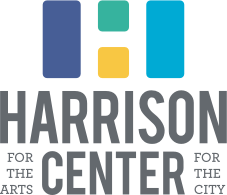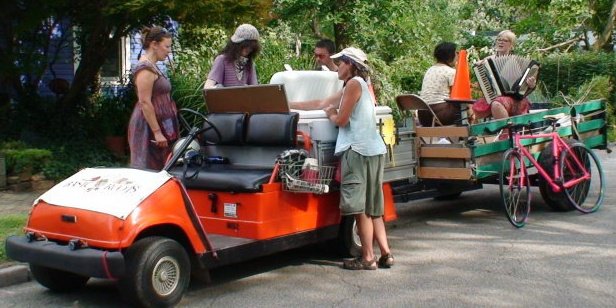Neighborhood Profile: Willard Park
To create the first sound map of Indianapolis, local artist, Stuart Hyatt, spent weeks walking the length of Washington Street -- the Old National Road -- recording sounds, conversations and interviews along the way, trying to capture a slice of the story of Indianapolis. Stuart unveiled the beginning of this fascinating project, Cities and the Field, in the Harrison Gallery, where it can be seen during the month of April. One of the neighborhoods that Stuart passed through about a mile East of downtown is Willard Park, a neighborhood that’s seen a metamorphosis in the last two years into one of the city’s greenest neighborhoods. In addition to the 11 acre park, the unusually large home lots in Willard Park give this neighborhood a lot of green space.
Willard Park has all the issues that many urban neighborhoods have -- absentee landlords, crumbling sidewalks, problems with trash and compliance -- and, yet, the neighbors are approaching these problems in really unique ways. Kay Grimm and Sue Spicer, two Willard Park residents, have created what they are calling the “Green Picket Fences Initiative,” a collection of neighborhood based programs to rebuild the neighborhood in an innovative and eco-friendly way.” The “pickets” include Green Art, Green Play, Green Architecture, Green Shepherd, and Green Streets.
While Green Art (the inclusion of public art) and Green Play (which will convert empty lots into mini-parks) are still in the works, the other pickets are seeing a lot of neighborhood investment. Green Architecture has grown under the umbrella of the Riley Area Development Corporation (RADC), which is investing in the infrastructure of the neighborhood in multiple ways. They are piloting their Urban Homesteading program here, in which an income qualified buyer can get an abandoned home with some beautiful historic features for $7000, pending their ability to restore the outside of the home within a year (for more information about this program, contact Mike Harrison, Housing and Economic Development Coordinator, at harrison@rileyarea.org). RADC also recently held an Architectural Design Competition for local architects to create “modern, eco friendly, forward thinking designs for new single family homes.” The winning architect, Fountain Square architect Mike Halstead, will have his design, which originally incorporated the reuse of shipping containers, reproduced in the neighborhood.
My favorite “picket” is the Green Shepherd picket -- Willard Park neighbors asked the City of Indianapolis to contract two sheep to mow the neighborhood’s abandoned lots. Neighbors knew that while high grass and weeds attracted illegal dumping, an eyesore in every urban neighborhood, when the grass is kept cut, less vandalism happens -- a huge win for the neighborhood and an economic boon for the city as well. According to Grimm, “with six sheep we could keep the entire Willard Park mowed, with no outside contractors.”
With funding from the new Indy Food Fund, the Green Streets initiative is creating three community gardens capable of feeding fifty people. Neighborhood children can learn to garden, here, and “excess food grown in these gardens will be sold or donated or both, something Grimm and Spicer have done for years using a golf cart for delivery.” These things are happening just by the inspiring commitment and innovation of neighbors just like you and me. Changing our own neighborhoods doesn’t necessarily require big money, power, legislation, or influence . . . just great ideas and hard work. Let’s see what we can do.



